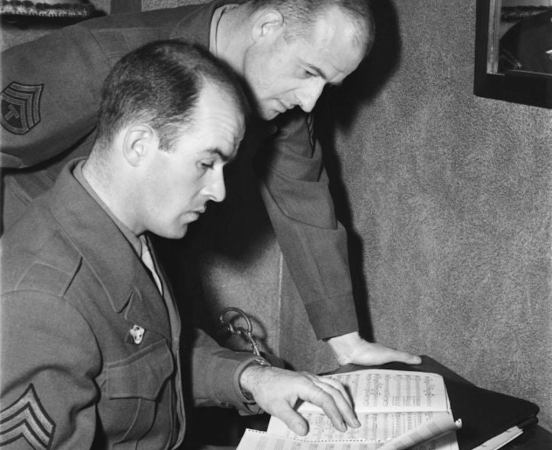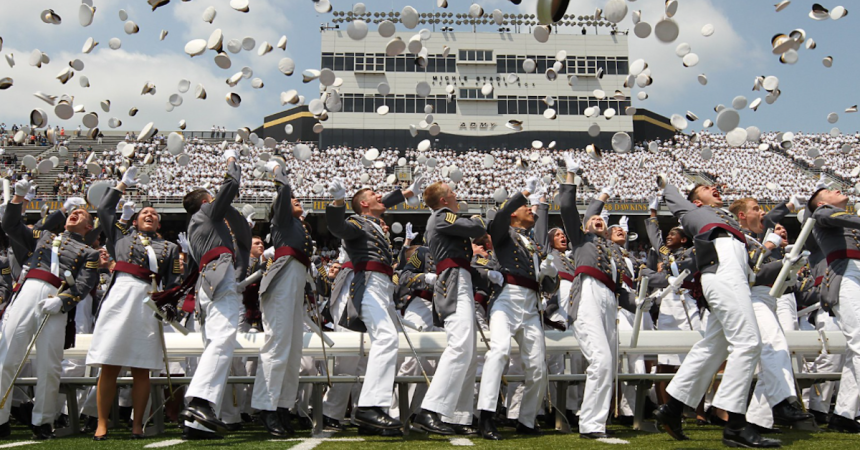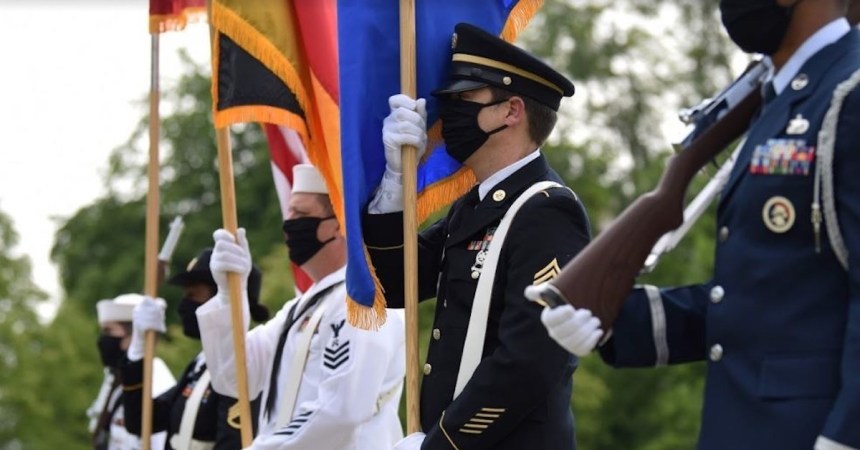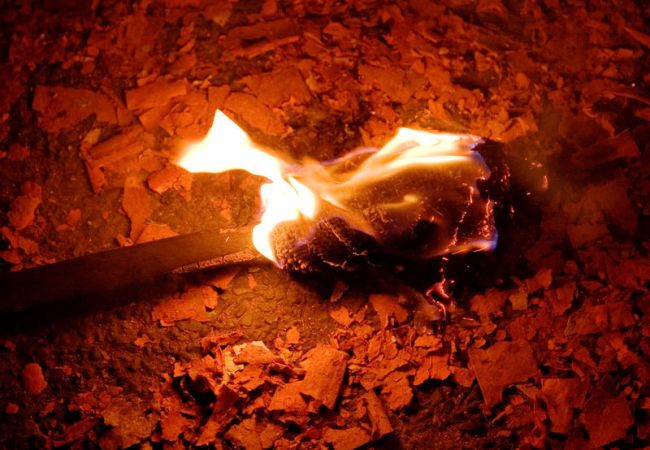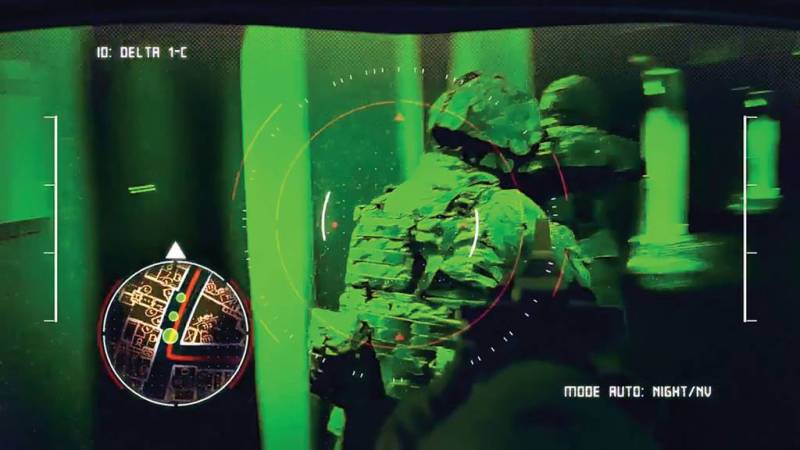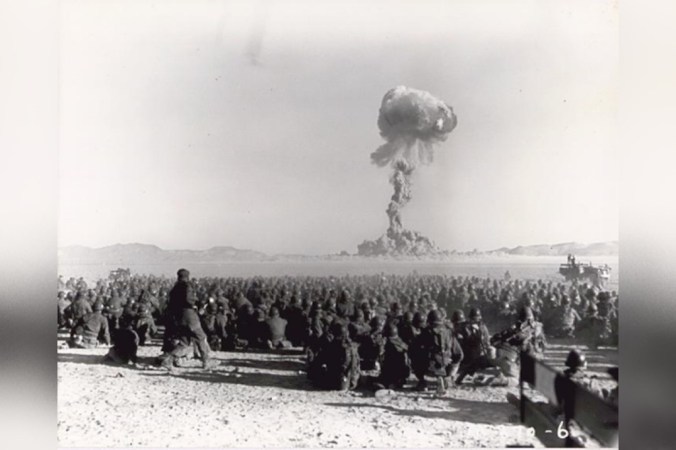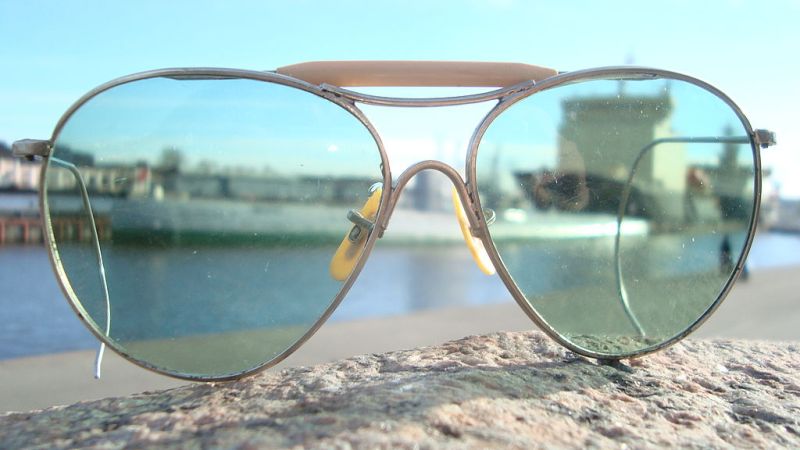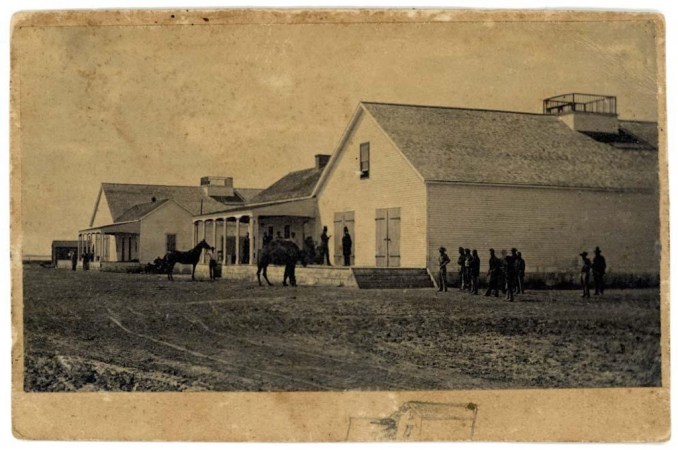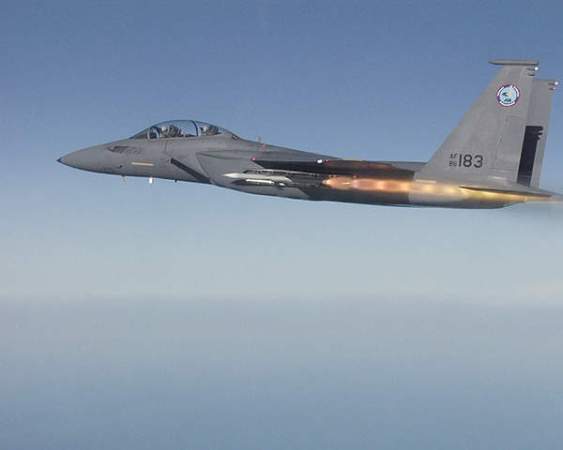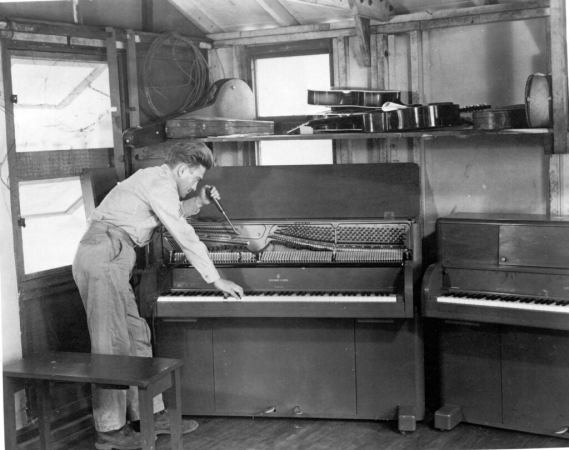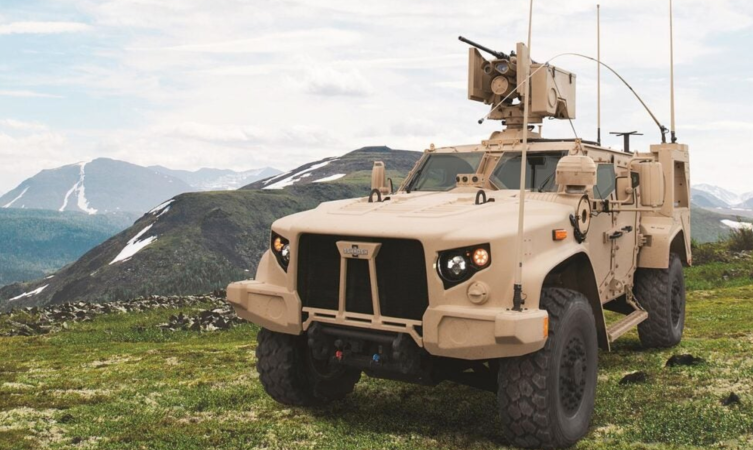June 14, 1777, is the date that Congress officially chose the design of the American flag, and Americans have been pledging their allegiance to it ever since. While you’ll only get the day off work if you live in Pennsylvania, the state where the flag originated, the holiday’s history and meaning are important to know. Whether you’re reading this on Flag Day or any other day, these facts are fun enough to learn all year long.
Here are 16 facts you never knew about the American flag
1. Betsy Ross may not be the flag’s real designer
Betsy Ross is often cited as the designer of the first American Flag, but we have little evidence to support that claim. Her grandson presented statements by his own family in 1870, but beyond that, there’s no proof. Some historians want to transfer the credit to Francis Hopkinson, who was named as the flag’s designer in journals from the Continental Congress.

2. The celebration of the flag was invented by a teacher
In 1885, a 19-year-old teacher named Bernard J. CiGrand asked his class to write an essay on the symbolism of our flag. He spent the following half-century trying to make Flag Day a national holiday.

3. There have been 27 official versions of the American flag
On the American flag, the stripes represent the 13 original colonies, while the stars represent each state. Since there weren’t always 50 states, there weren’t always 50 stars. Each flag was similar, but with a different number of stars. If you visit the Smithsonian’s National Museum of American History, you can see the remnants of the 15-star, 15-stripe flag that inspired the national anthem.

4. The colors of the flag have important meanings
Red, white and blue were chosen to represent, respectively, valor, liberty and purity. The colors also have specific names; “Old Glory Blue,” “Old Glory Red”, and white. Just plain white.
5. The current version of the flag was designed by a student
In 1949, 17-year-old Robert G. Heft created an updated flag for a class project, and the poor kid only got a B-. Luckily, that didn’t dissuade him. He submitted his idea to President Eisenhower when Alaska and Hawaii gained statehood. Our of over 1500 submissions, his design was chosen.
6. The flag has rules of its own. Lots of them.
According to the U.S. Flag Code:
– The flag shouldn’t be flown in bad weather.
– It should be raised briskly and lowered ceremoniously.
– No other flags should be placed above it.
– When flags from two or more nations are flown, they should rest on separate poles at the same height. They should also be about the same size.
– It must be flown at every school and during all school days.
– If flown at night, the flag should be illuminated.
– Flags can be burned if they become damaged and can no longer be flown.
– And many more.

7. You can’t sign your name on it
Despite what flag-signing politicians would have you believe, The Flag Code strictly prohibits adding any markings or drawings to the flag.
8. … or put it on a t-shirt
Every 4th of July, half the country is decked out in stars and stripes. As it turns out, we’re not really supposed to do that. The Flag Code actually specifies that the Stars and Stripes should never be used on clothing, bedding, or decorations. Considering how much Americans love our flag merch, that’s one rule we’ll probably keep breaking for a long, long time.
9. Flying a flag upside down isn’t necessarily disrespectful
At least not in the way you’re thinking of. An upside-down flag isn’t usually a signal of protest, rather, it’s a signal of distress. On your next cruise, if you see someone frantically waving an upside-down flag on a nearby island, he’s probably not a rebel. He’s stranded.

10. Burning an American flag isn’t technically illegal
Historically, unlike flying a flag upside down, burning the flag WAS done as an act of protest. The Flag Protection Act of 1968 made this illegal, but the act was revoked 20 years later. The Supreme Court ruled that the government couldn’t limit citizens’ First Amendment rights, making it legal to do whatever you want to a flag with no legal consequences.
11. Indestructible flags exist
Historically, enemies of the United States have burned or defaced our flag to make a statement. (That’s why messing with the flag is a really, really bad idea, even if it’s not illegal!) To protect defaced flags from being used as a propaganda tool by enemies, a Green Beret veteran has designed an all but indestructible flag. Made out of kevlar and Nomex, the new materials ensure the flag can’t be burned or torn while still allowing it to fly naturally. Here’s how to order your Firebrand Flag today.
12. Using the American flag in burial ceremonies isn’t just for veterans
While draping the flag over the coffins of government officials and veterans is common practice, it’s not their exclusive right. Anyone can adopt this tradition if they like it!

13. Old Glory was the nickname of a specific American flag
We now refer to any ol’ flag as Old Glory, but that wasn’t always the case. It started with a sea captain named William Driver, who nicknamed the flag on his ship “Old Glory” when he saw it flying on his ship’s mast back in 1831. It was such a good nickname that it stuck for good.
14. After 9/11 we held our flag a little closer
National tragedies are known for bringing our country together. According to Karen Burke of Walmart’s Corporate Communications, their stores sold 115,000 flags on September 11, 2001, compared to only 6,400 flags in 2000. In the following year, they sold a whopping 7.8 million US flags- around triple the sales of the previous year.
15. There are 6 American flags on the moon
…but only 5 are standing. Over the course of many moon expeditions, six US flags have been planted. The wind generated by the landing and takeoff of a shuttle, however, dislodged the original flag placed there by Neil Armstrong during the first-ever moon landing.
16. ‘Gilligan’s Island’ directors respected the American flag.
During the opening sequence of the first season of the show, the American flag is filmed at half-staff. This was done to honor President Kennedy, who was assassinated the day the pilot episode was filmed.
You don’t have to walk to the moon to honor our flag. Kick off the Flag Day festivities by learning how to properly fold a flag, learn more about its history, or try one of these tasty, patriotic treats!





